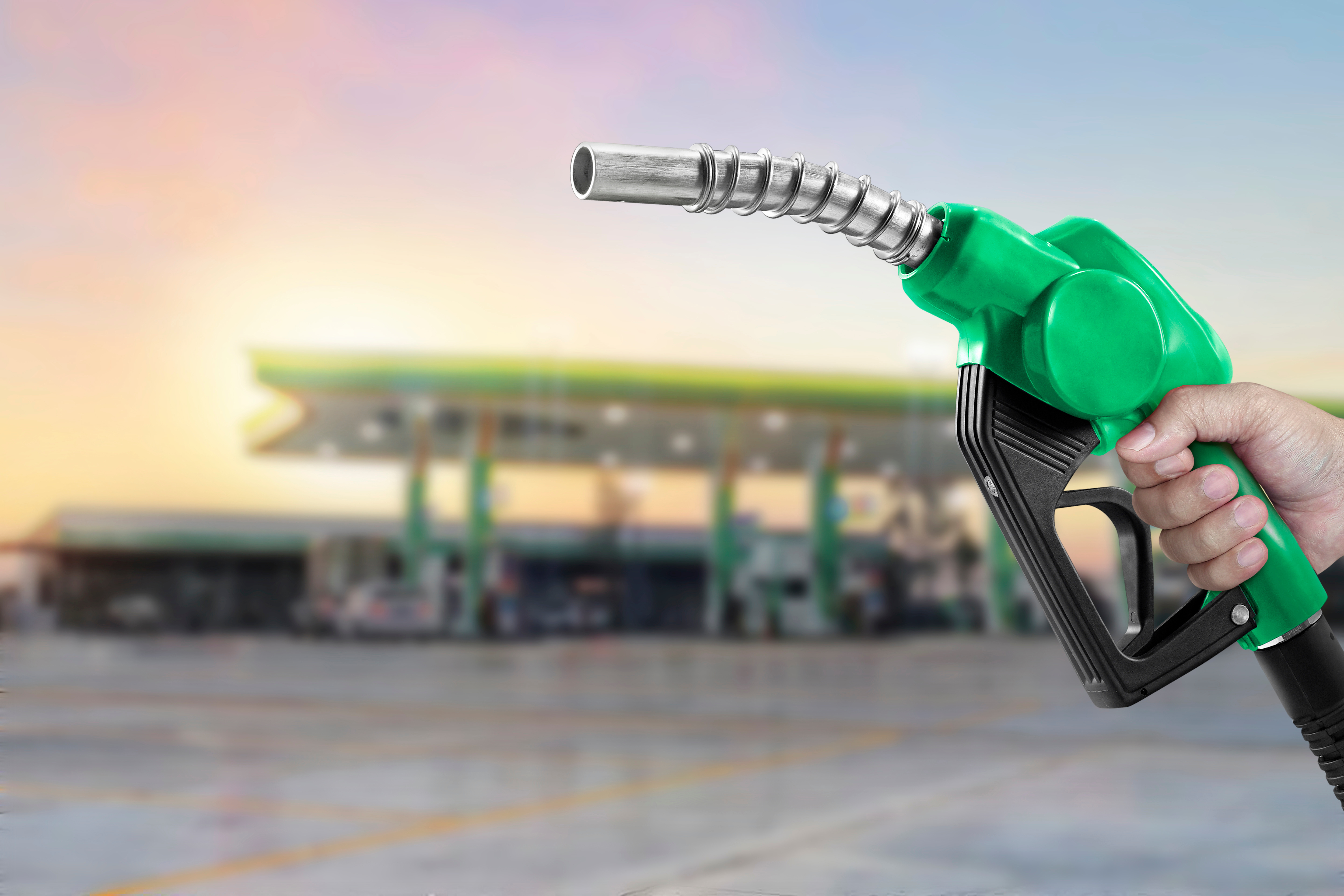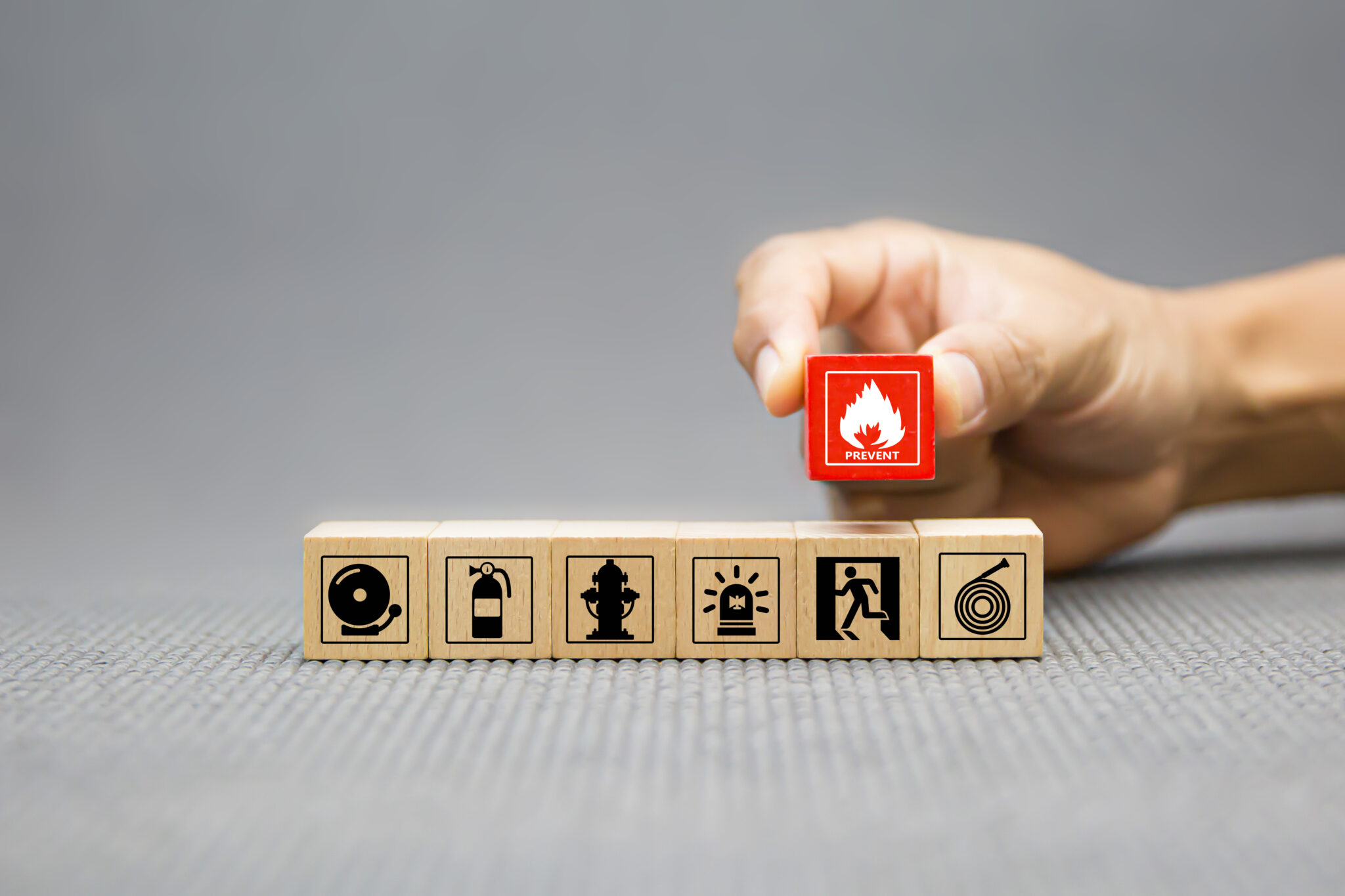
South African fuel prices will rise substantially, as diesel costs jump by R1.10 to R1.15 per litre and petrol sees a R1.00 per litre increase. The current inland prices stand at R21.34 per litre for 93 Octane and R21.59 for 95 Octane Petrol. South Africa ranks 66th among 157 countries, with prices higher than the global average. *
Several factors contribute to these price hikes. The rand has fallen to R18.82 against the dollar, while Brent Crude oil prices have climbed from $72.78 to $77.41. December brought modest adjustments - petrol rose by 17 cents per litre and diesel by 55 cents per litre. The surge expected in 2025 will affect South African consumers through various economic channels that we need to understand better.
Current Fuel Price Trends in South Africa
South African fuel prices have seen significant changes for February 2025, according to the latest Central Energy Fund (CEF) data. Both petrol grades have gone up by 82 cents per litre. Diesel prices have jumped between R1.01 and R1.05 per litre.
Fuel costs vary between inland and coastal regions. Inland areas now pay R21.34 per litre for 93 Octane and R21.59 per litre for 95 Octane. Coastal regions enjoy better rates with 93 Octane at R20.55 per litre and 95 Octane at R20.80 per litre.
International market dynamics have driven these price adjustments. Brent Crude oil prices rose from $72.78 to $77.41 during the review period. Cold weather in the Northern Hemisphere increased demand, while China's economic stimulation policies are expected to boost oil consumption.
Supply issues have also played a vital role. OPEC+'s decision to wait until April 2025 for production increases and new sanctions against Russia and Iran have affected global supply chains. These factors pushed Basic Fuel Prices higher - petrol went up by 46.06 cents per litre and diesel by 66.26 cents per litre.
The value of the South African rand against the US dollar also affects fuel prices. Since oil is bought in US dollars, a weaker rand means South Africa has to pay more for the same amount of fuel. Recently, the rand dropped in value from R18.11 to R18.73 per US dollar, leading to further fuel price increases.
March 2025's mid-month data points to additional, smaller changes ahead. Petrol 93 might increase by 23 cents per litre and Petrol 95 by 10 cents per litre. Diesel prices show mixed signals - 0.05% sulfur grade could rise by 4 cents per litre, while the 0.005% variant might drop by 3 cents per litre.
South Africa's fuel pricing reflects a complex mix of international market forces and local economic factors that shape what consumers pay at the pump.
Global Factors Behind the 2025 Surge
The 2025 surge in South African fuel prices stems from several worldwide factors. The Brent crude oil price jumped from $72.78 to $77.41 USD per barrel. We needed more oil in the Northern Hemisphere due to cold weather, and China's new economic policies are predicted to boost oil consumption.
Supply issues have become the biggest problem. OPEC+ pushed back production increases to April 2025. New sanctions against Russia and Iran created major supply chain bottlenecks. These changes drove up freight rates, especially when you have LPG demand during winter.
International petroleum product prices followed crude oil's climb. The simple Fuel Prices increased accordingly:
- Petrol: 46.06 cents per litre
- Diesel: 66.26 cents per litre
- Illuminating paraffin: 58.64 cents per litre
Looking at history helps us learn about today's prices. Military tensions with Iran pushed crude oil to its highest nominal price of $2646.44 per barrel on July 11, 2008. Today's equivalent would be about $3600.11, showing prices could climb higher.
The fuel market faces more challenges worldwide. Trade route disruptions, closed refineries, and renewed demand make price predictions tough. Refiners' profits are a big deal as they exceed normal seasonal levels across regions, hinting at market pressure before summer travel.
New refining capacity of 1.5 million barrels per day should come online this year, barely outpacing demand growth of 1.4 million barrels. Projects often face delays. Nigeria's Dangote refinery started fuel exports, but questions remain about reaching full capacity.
Russian oil sanctions, growing US shale production, OPEC+ decisions, and Houthi attacks in the Red Sea reshape global trade patterns. These changes affect how we get octane-enhancing components needed to make gasoline.
Local Economic Forces at Play
South Africa's regulatory framework serves a significant role in determining fuel prices through monthly adjustments by the Department of Mineral Resources and Energy. The petrol retail price structure has international and domestic elements. The Basic Fuel Price (BFP) reflects what South African importers would pay at international refineries.
The South African Rand's strength emerges as a decisive factor in fuel costs. Oil trades globally in US dollars, and the Rand's recent fall from R18.11 to R18.73 against the dollar has directly affected prices. This currency shift alone added 36.85 cents per litre to petrol and 39.58 cents per litre to diesel costs.
Government taxes and levies make up much of fuel costs. Nearly 46% (R10.95 per litre) of the petrol pump price comes from various taxes and duties. The general fuel levy, flowing into the National Revenue Fund, has been the largest driver of administered price inflation in the last decade.
The Department of Energy determines the retail margin based on service station operators' actual costs. This margin consistently drives fuel price inflation more than the basic fuel price and levies. A formula based on Marketing-of-Petroleum-Activities Return guidelines determines the wholesale margin.
Transport costs, though smaller than other components, have changed rapidly without clear justification. Refined petroleum products reach inland depots through road, rail, pipeline, or combinations from coastal refineries.
Petrol and diesel's cumulative slate balance reached a positive R4.05 billion by December 2024. This balance affects the Slate levy, which funds negative balances in the Slate account. The industry needs predictable regulations to encourage investment and ensure sufficient returns across the value chain.
These price changes ripple through the economy. The wholesale and retail sectors employ one billion liters of fuel yearly for logistics. A modest R0.10 per litre reduction in diesel taxes could save these sectors over R100 million in transport costs.
Insurance That Fits Your Budget
At Insurance, we know how crucial it is to find car insurance that matches your budget and needs. A cost-efficient policy can save you money each month. This way, you get the coverage you need without breaking the bank.
By comparing quotes, you can find the best deal. Choosing a higher excess can also lower your premiums. Plus, bundling your insurance can save you even more.
With fuel costs on the rise, finding ways to cut costs and save money becomes important.
The good news?
Driving safely and keeping a good claims record can get you discounts. These discounts can significantly lower your premiums. Making smart insurance choices means you have more money for other important things.
Conclusion
South Africa's fuel prices show how global market forces and local economic conditions work together. Global factors push costs higher, including Brent crude's rise to $77.41 and OPEC+ production delays. The rand's fall to R18.73 against the dollar makes these effects even worse.
Insurance.co.za Content Team
We’re a specialist team of insurance and finance copywriters and content producers. The Insurance.co.za Content Team is a flexible and dynamic team. Hence we publish our content under the Insurance.co.za brand name rather than our personal names.
Other posts





